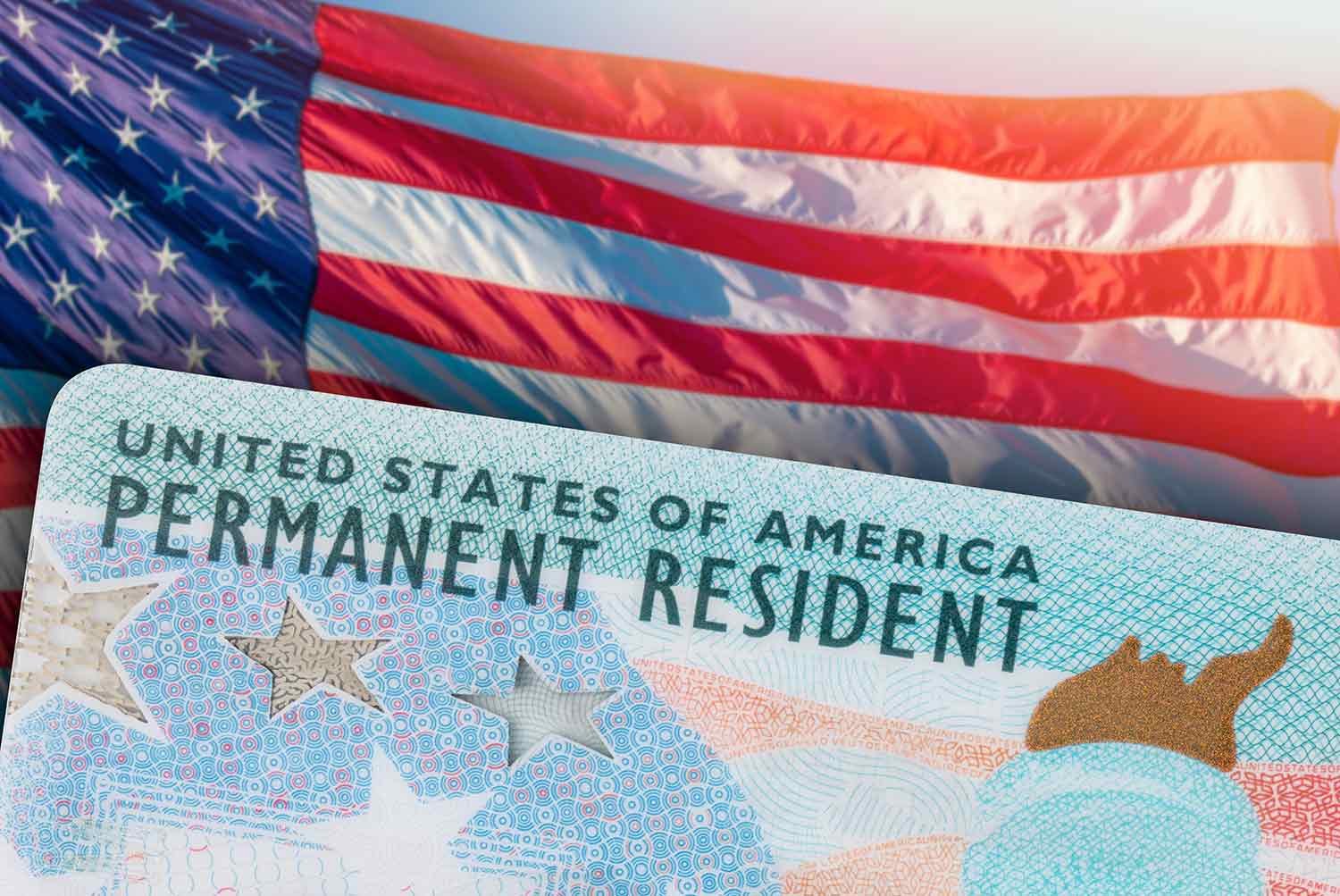How long does it take to get a green card?
Getting a green card varies in time based on factors like the application type and USCIS processing times. A marriage green card can take 11.4–40 months. Even if you qualify for a family-based green card, the process is lengthy and not immediate.
The time it takes to obtain a green card through family relationships varies based on factors like the type of relationship, the sponsor’s citizenship status, your origin, application location, and any additional evidence requests from USCIS. This article focuses on the timeline for family-based green cards, noting that timelines differ for employment or refugee-based green cards.
Understanding USCIS processing times is crucial when applying for a family-based green card. These processing times often change, but if you want to know how long the wait might be for your green card application, continue reading for more insights.
Timelines for Family-Based Green Card Processing
No matter the relationship between the sponsor (the U.S. citizen or green card holder family member) and the beneficiary (the green card applicant), obtaining a family-based green card involves these steps:
- Submit Form I-130 (“Petition for Alien Relative”) to demonstrate the family relationship.
- If the beneficiary is within the United States, file Form I-485 (“Application for Adjustment of Status”).
- If the beneficiary is abroad, complete Form DS-260 (“Immigrant Visa Application”).
The time to obtain a green card depends on the wait between submitting the family relationship form and applying for the green card. USCIS publishes processing times quarterly. Currently, Form I-130 takes several months, and Form I-485 takes 20 months, based on October 2024 data.
If you’re married to a U.S. citizen and reside within the United States
If your spouse is a U.S. citizen and you live in the United States, getting a marriage-based green card usually takes 10–23 months. You can file your I-130 and I-485 forms together in a concurrent filing.
If you are married to a U.S. citizen and reside outside the United States
If you live outside the United States with a U.S. citizen spouse, obtaining a spousal visa typically takes 11.4–15 months.
If you’re married to a green card holder
Spouses of green card holders must wait for a green card to become available after form I-130 is filed, typically taking about two years. The whole process takes around three years, with possible delays for citizens of Mexico, China, India, and the Philippines.
If your spouse holds a green card and you reside in the United States, expect a waiting period of approximately 29 to 40 months for your own green card. Similarly, if you live outside the United States, the wait time remains about 29 to 40 months.
If you are a Widow(er) of a U.S. citizen
Widows and widowers of U.S. citizens can apply for a green card within two years following their spouse’s passing. The process is quite similar to the marriage-based green card procedure for spouses of U.S. citizens. However, instead of using the I-130 form for family relationships, you’ll need to file Form I-360, the “Petition for Amerasian, Widow(er), or Special Immigrant.”
If you’re the Parent of a U.S. citizen
Parents of U.S. citizens have the opportunity to obtain a green card without any numerical limits, similar to spouses of U.S. citizens. This means that parents can typically receive a family-based green card within 1-2 years of applying. If you are a U.S. citizen looking to help your parents immigrate, understanding this process is crucial for a successful green card application.
U.S. Citizen Parents and Their Minor Children (Under 21)
There is no cap on the number of green cards available for children under 21 years old of U.S. citizens, similar to spouses and parents. These minor children can typically obtain a green card within 1-2 years after beginning the application process. This makes getting a green card for children of U.S. citizens a streamlined and efficient process in comparison to other immigration paths.
Green card holders’ children (Under 21)
Minor children of green card holders must wait for a green card to become available after the sponsor files Form I-130. Before they can apply for a green card, either from within the United States or at a U.S. consulate abroad, they need to wait for this process. These children fall under the same category as spouses of green card holders, resulting in a relatively shorter wait time compared to other immigration categories.
Typically, it takes about two years for a green card to become available, and the entire process usually takes around three years. However, it might take slightly longer for citizens of Mexico, China, India, and the Philippines. If you’re navigating the green card process for children, understanding these timelines and requirements is crucial.
Unmarried adult children of U.S. citizens looking for immigration status in the United States.
Adult children of U.S. citizens often face a lengthy wait for a green card after their parent files the I-130 petition. This immigration process can be particularly long, especially for those from Mexico. The typical timeline for a green card ranges from 7 to 8 years, but it can extend to over 10 years for citizens of the Philippines and more than 20 years for those from Mexico. Understanding these wait times is crucial for anyone navigating the U.S. immigration system.
Unmarried adult children of permanent residents with green cards
It typically takes about 8-9 years for most applicants to get their green card. However, this can vary based on the applicant’s country of origin. For example, Filipino citizens often wait over 10 years due to high demand and limited visas. Mexican citizens may face even longer waits, over 20 years, due to high demand and annual visa limits.
Married Adult Children of U.S. Citizens:
The start-to-finish timeline for processing can range from 13 to 14 years for most applicants. However, for citizens of the Philippines and Mexico, this timeline extends significantly, taking over 22 years due to higher demand and longer processing times in these countries.
Brothers and Sisters of U.S. Citizens
The timeline for the process typically spans 14-16 years for most applicants. However, for citizens of India, the duration extends to over 16 years. Meanwhile, citizens of Mexico face a longer wait of over 20 years. The timeline is even more prolonged for citizens of the Philippines, reaching over 24 years. These variations reflect the complexities and demand associated with the process for different nationalities.
Every year, the United States sets limits on the number of family-based green cards available, except for the spouses, parents, and minor children of U.S. citizens. For everyone else, obtaining a U.S. green card requires waiting in line until one becomes available.
Final Thoughts and Summary
In conclusion, obtaining a family-based green card involves navigating various timelines and processes dependent on the relationship to the sponsor, their citizenship status, and the applicant’s location. While some categories, like spouses and minor children of U.S. citizens, benefit from shorter waits, others, such as unmarried adult children, face significantly longer timelines. Understanding these processing times and requirements is crucial for a successful application. Patience and thorough preparation are key as you embark on this journey towards securing a green card.
Our Firm Can Help You & Your Family Today!
Don’t navigate the complexities of immigration law alone. Reach out to Cabrera & Hart Law APC for the affordable and personal attention your case needs. Together, we can make your American Dream a reality.
Contact us to learn more about how we can assist you and your loved ones!
Cabrera & Hart Law APC
California’s Premier Law Firm for Immigration & Criminal Defense
Note: This blog post is intended for informational purposes only and does not constitute legal advice. For personalized legal assistance, please contact Cabrera & Hart Law APC directly.




